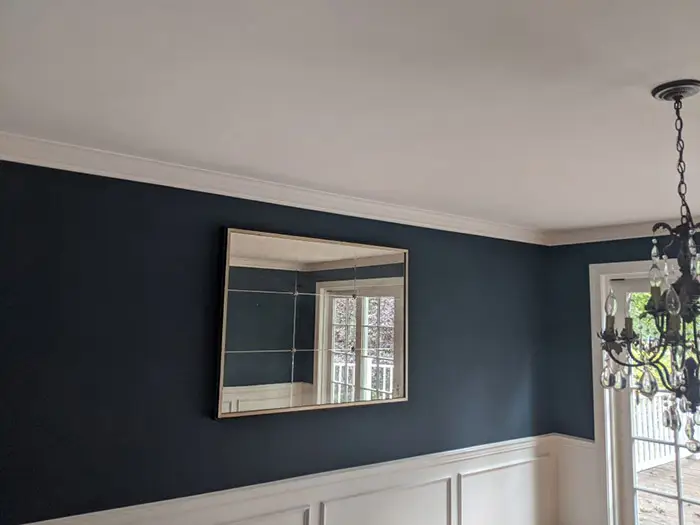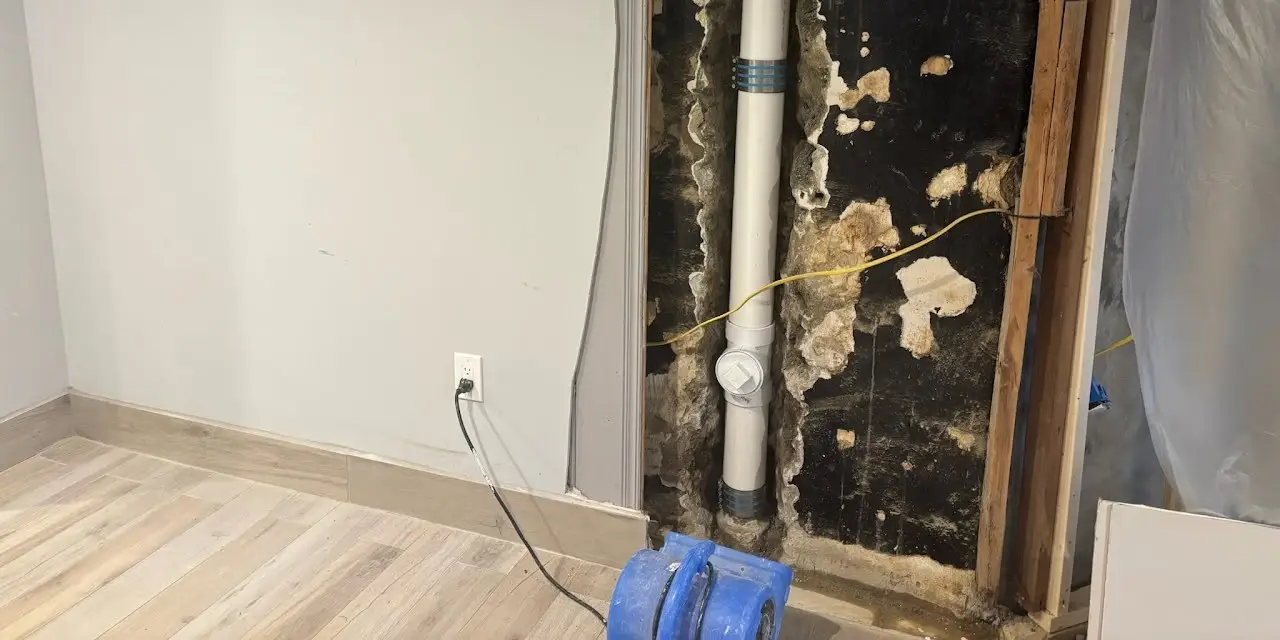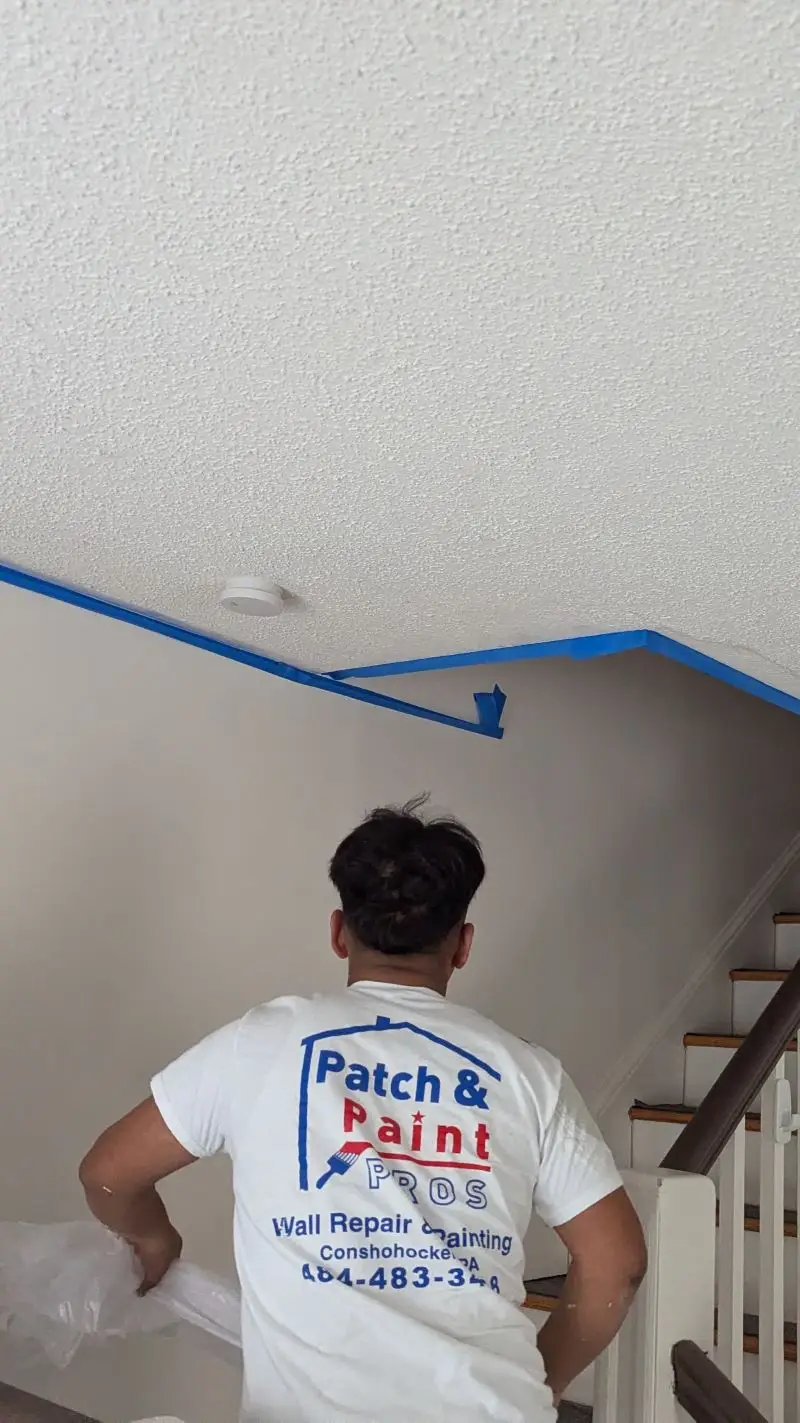Painting a commercial property can be a daunting task. From selecting the right type of paint to gathering the necessary tools and equipment, there is much to consider when it comes to painting your project.
To ensure the success of your DIY commercial painting project, it’s important to have the right equipment on hand. Here are five essential pieces of painting equipment that you should consider including in your toolkit. Whether you’re a beginner or a seasoned pro, these items are critical for achieving a professional-looking finish. Keep reading for a detailed overview of each item and its importance in maximizing your project’s success.
Brushes
No painting job is complete without the right tools. Brushes are an essential part of any commercial painting project, and a variety of bristle types will be needed to tackle different surfaces and paint types.
Natural bristles like hog hair or ox hair make great all-around brushes, while synthetic varieties such as nylon and polyester can handle more delicate jobs that require extra control over how much paint is applied.
However, if you’re tackling a heavily textured surface with thick paints, a stiffer brush made from natural fibers might work best. When selecting brushes for your project it’s important to understand what type of paint you’ll be using, as some brands may call for specific kinds of bristles in order to perform well.
For instance, oil-based paints usually need natural bristles since they provide better coverage than synthetics; on the other hand, latex or water-based paints usually do better when used with synthetic fibers.
Taking into account these factors before purchasing your equipment will help ensure that the results you get from your painting job look their best.
Rollers
To ensure a smooth and professional paint job for your commercial painting project, it’s important to have the right paint tools at your disposal. Paint rollers, available in various sizes, are a must-have tool for quickly covering large surfaces or walls, as well as tackling smaller spaces or detailed work.
When selecting paint for your project, it’s important to choose a paint finish that is compatible with the roller material and appropriate for the surface you’ll be painting. Additionally, the color selection should be carefully considered to match the desired aesthetic of your space. If unsure, seeking the advice of a professional can ensure that your color choices are on point.
Having the right tools and equipment, such as paint trays, will also help you achieve a professional look and finish. Don’t overlook the importance of surface preparation and application techniques to ensure the best possible results.
Ladders
Using a ladder during a commercial painting project should always be done carefully and safely. There are many types of ladders available – from extension ladders which are best suited for outdoor tasks such as painting high ceilings or large areas, to step ladders which are more suitable for indoor applications like changing light fixtures or reaching higher shelves.
Make sure you select the right type according to your needs and follow safety instructions closely before using any kind of ladder. To ensure accuracy and precision, use adjustable feet or stabilizers at all times when setting up the ladder in order to prevent slipping or tipping over while working.
Ladders are an essential tool for all painting projects. They come in two main varieties – step ladders and extension ladders – both of which have their own advantages:
- Step ladders provide stability, but cannot access high places,
- Extension ladders can reach greater heights but require more care when setting up to ensure the safety of users,
- Both types can be purchased from most hardware stores or online retailers at a relatively low cost.
The use of either type should always include appropriate safety gear such as non-slip shoes and gloves, along with paint selection specifically suited to the job at hand. Taking these precautions will help you complete your project quickly and safely without any unnecessary accidents.
Additionally, proper ladder maintenance is key to ensuring it lasts through multiple uses over time; check regularly for loose screws and damaged parts before each use. Transitioning into the next section on drop cloths, they provide an added layer of protection by catching any paint spills or splatter during the course of the project that would otherwise damage flooring or furniture underneath them.
Drop Cloths
Drop cloths are an essential piece of equipment for any painting project. They provide a way to protect floors and furniture from splatters, spills, or drips during the painting process.
When selecting drop cloths for your project, be sure to choose one that is thick enough to do its job effectively and properly store it in between uses. It’s also important to handle the material with care – if you drag it across surfaces, you could cause scratches or gouges on the finished product.
Additionally, make sure you use proper safety protocols when handling thin plastic drop cloths as they can become slippery when wet.
Spray Guns
Moving on from drop cloths, let’s take a look at the next essential piece of equipment for painting projects: spray guns. Spray guns are invaluable tools when working with paint and can greatly reduce your time spent preparing surfaces or applying coats of paint to walls, ceilings, or other structures.
When it comes to spraying materials like latex paints, stains, lacquers, varnishes, and oil-based coatings there are several types of sprayers available:
- Airless Spray Guns – ideal for high production work because they use higher pressures; deliver consistent results even over large areas; no compressor required
- HVLP Spray Guns – less overspray than an airless gun; great for precision jobs such as furniture refinishing; require lower PSI so you’ll need an air compressor
- Power Washers – perfect for cleaning surfaces before painting; can be used wet or dry depending on the job specifications
- Detail Sprayers – small units designed specifically for detailed trim work and touch-ups around doors/windows etc.; provide superior atomization resulting in smoother finishes
Final Thoughts
Painting a commercial space can be an intimidating task. But with the right supplies and equipment, you’ll have everything you need to get the job done quickly and efficiently.
Brushes, rollers, ladders, drop cloths, and spray guns are all essential pieces of equipment that will help make your painting project successful. With these tools in hand, I guarantee you won’t regret taking on this challenge. From the moment you begin rolling out those pristine white walls to when you give them a final protective coating, you’ll feel like a professional painter! The satisfaction of seeing your hard work come together is something truly special – it’s sure to bring a smile to your face every time.





